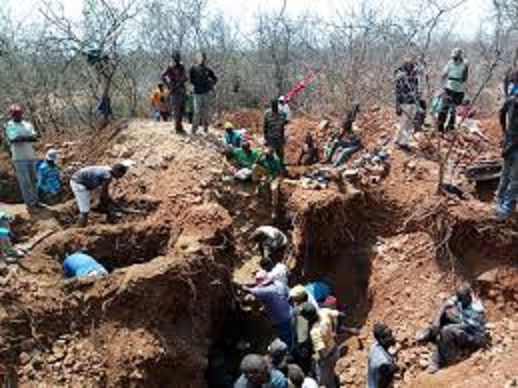Mr Olamilekan Adegbite, the Minister of Mines and Steel Development, says the World Bank assisted Mineral Sector Support for Economic Diversification (MINDIVER) project has recorded many successes.
According to Adegbite, the project is predicated on the 10-year roadmap that was done for the sector about four years ago.
Citing some of the success stories, Adegbite said that MINDIVER had helped in the remote sensing project which the ministry was using now.
“With that project we are connected to satellite, and we can locate artisanal miners and small scale miners where the activities are taking place.
“Once we locate them where they are, we now send out people on foot to meet them, the whole essence is to educate and formalise these artisanal miners so that we bring them into the fold.”
The minister also said that through the MINDIVER, the ministry had upgraded its cadastre system.
He explained that the cadastre office was the office that gave out licences, adding that it was the soul of the mining business as one could not do any mining business without having a licence.
“Now, our licencing system. It’s an online platform, from the comfort of your offices, your homes, anywhere in the world, you can access our platform.
“If somebody comes to you and says I have licence for gold in Zamfara, you can go to that platform and ascertain the genuineness of that licence.
“When you do, you can now decide to partner with that person or otherwise. Also, you can initiate a process you want to obtain a licence for any mineral in Nigeria.”
Adegbite also said that the Nigerian Geological Survey Agency through MINDIVER had established a digital data centre in collaboration with the British Geological Survey.
According to him, the British Geological Survey is giving Nigeria data on mining activities it engaged in since 1903 when mining began in Nigeria.
“Anybody can access this database, of course there are certain protocols because there are certain layers of data that are free, there are certain layers you have to pay for, but you can access it; whether for research purpose or for investment and so on”, he added.
Speaking on the ministry’s collaboration with the United Nations Industrial Development Organisation (UNIDO), he said there was a multi-agency, multi-ministry cooperation to ensure that the use of mercury, especially in the processing of gold was reduced or eliminated totally.
He said it was an ongoing programme which had joint funding from UNIDO and from the Federal Government on advocacy and teaching new methods to purify gold.
According to him, gold comes with so many impurities and mercury which was one of the ways to remove gold from all the impurities was a very common method for artisanal miners.
He said that though mercury was very cheap to use in purifying gold, it was very dangerous, adding that there were other improved methods that were not as dangerous.
“Mercury is very bad because once it enters the system, it does not get out and it attacks the central nervous system.
“So, there is a continuous advocacy, education, telling our people how dangerous mercury is, it’s part of what we are doing, teaching these people better methods of processing their gold.”
MINDIVER, a success story in the mining sector- Minister
RELATED ARTICLES




